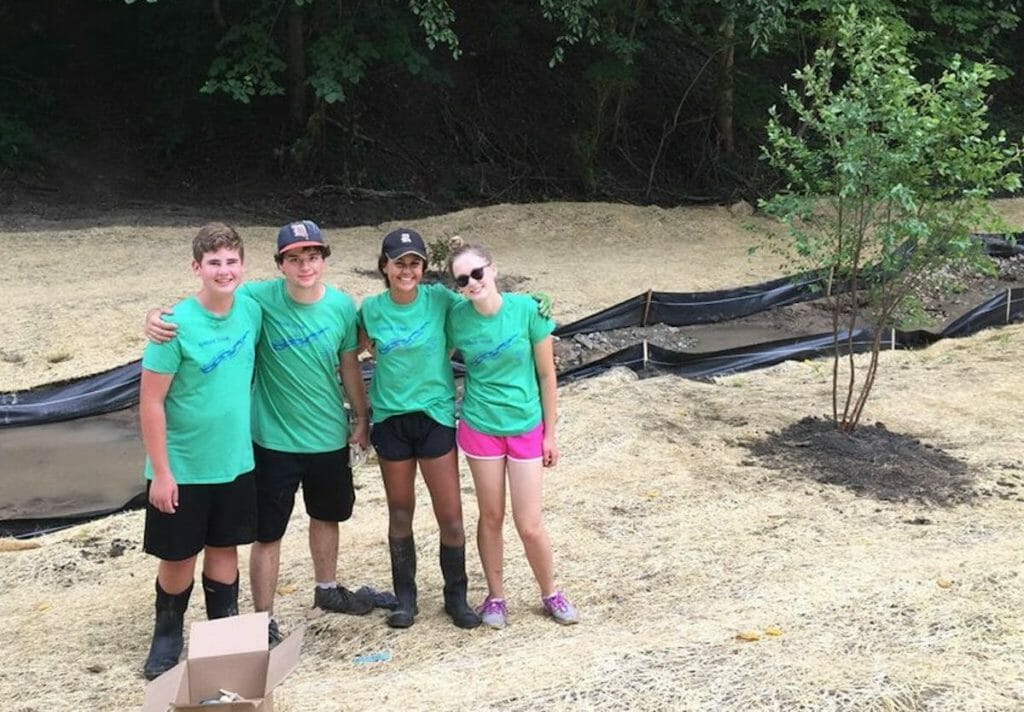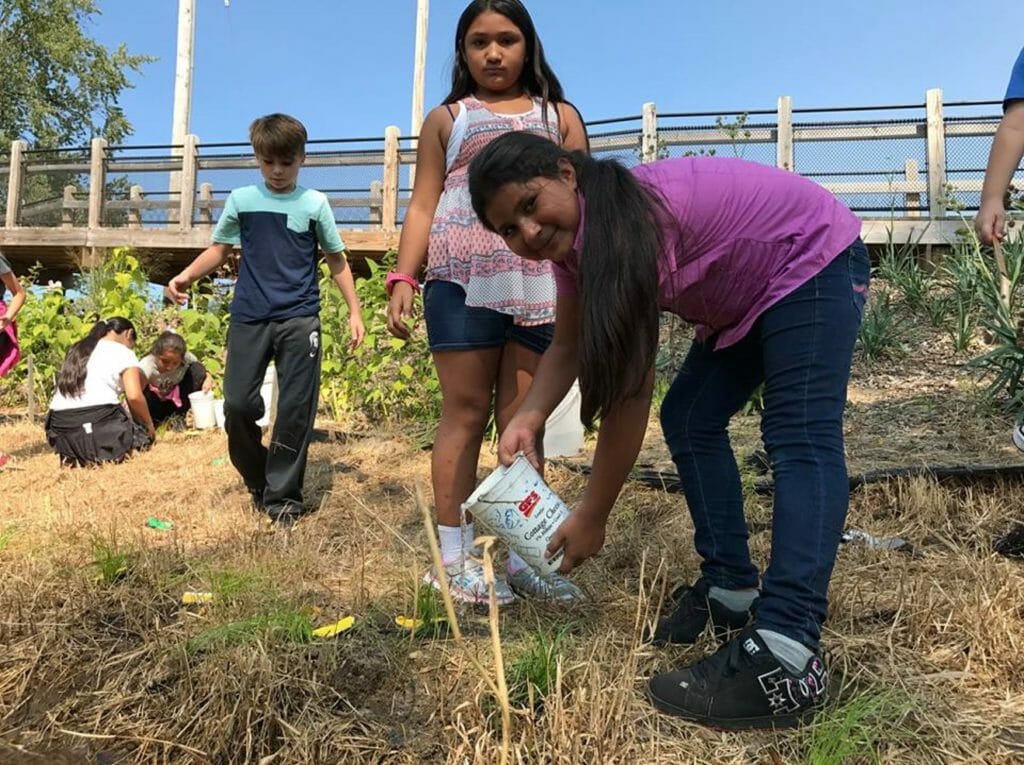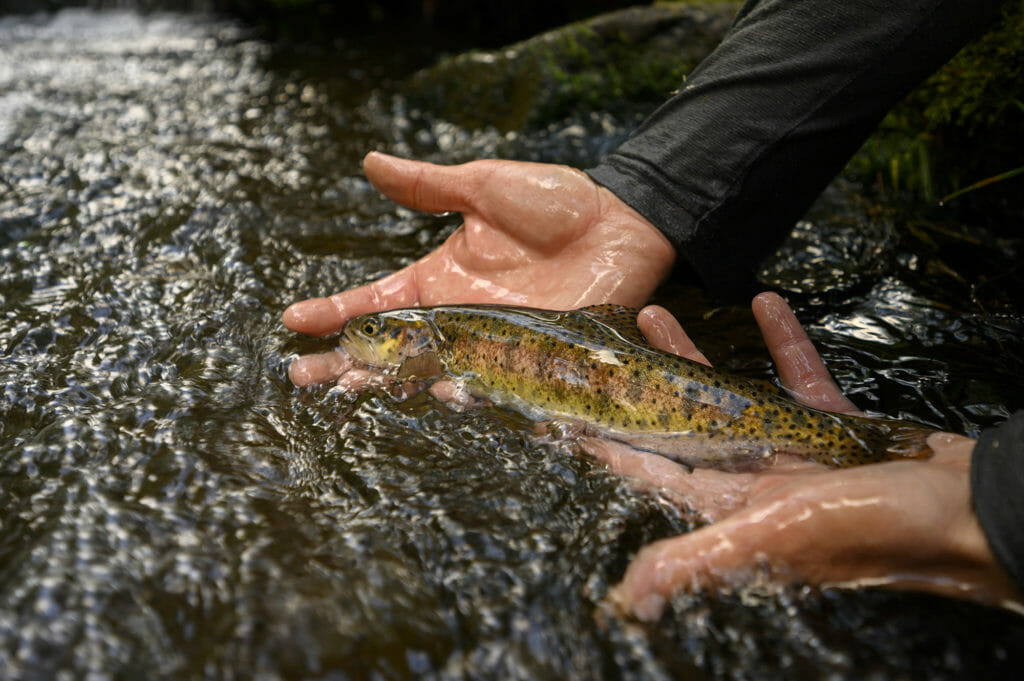At a recent gathering of our scientists and other staff at Trout Unlimited, I recounted how one of my happiest days was when I was hired as a fisheries biologist—for three days—by the Bureau of Land Management. My vision of being a fisheries biologist was informed by the John Steinbeck novel, Cannery Row. Even more to the point, the movie introduced the idea that people like Debra Winger were attracted to fisheries biologists!
Three days later, my friend and mentor, Jack Williams, called me. “Chris, the personnel people called and said, you haven’t taken a science course since high school. You can’t be a fisheries biologist if you don’t know about science.”
My response was something along the lines of, “Well, you hired me.”
In spite of having a mere 72-hour record as a biologist, the fundamental importance of science to conservation has never left me. Here’s why.
Science influences policy
When I began my career, three scientists, including Jack Williams, who would later become Trout Unlimited’s (TU’s) first Senior Scientist, published a paper in the journal of the American Fisheries Society. Pacific Salmon at the Crossroads documented the extinction of 106 stocks of salmon and the fact that 214 more were at risk of extinction. That work became the predicate for the aquatic conservation strategy for tens of millions of acres of publicly-owned lands in the northwest.
Similarly, after the 2004 presidential election, TU scientists Amy Haak and Kurt Fesenmyer, mapped the electoral outcomes by county; red for Republican Party leaning areas and blue for Democratic leaning areas. The map produced a sea of red in public land counties, and helped us to better understand the need to invest in rural communities adjacent to public lands.
Science makes the case for recovery
Nearly every trout and most salmon species have been proposed for listing under the Endangered Species Act. Generally, the focus is staving off extinction rather than recovery. Trout Unlimited Senior Scientist Helen Neville, and other TU science staffers, led an effort involving state and federal agencies and universities to develop a population viability assessment tool that will help agencies, such as the U.S. Fish and Wildlife Service, make decisions to recover fish as opposed to minimizing their decline.

Science helps to fill the void
Many state and federal agencies are cutting their investments in science and research. Consider the Mayfly project. Led by Jake Lemon, in a partnership with the Stroud Water Research Center, Jake is deploying water-quality monitoring stations around the Great Lakes and elsewhere. These stations collect very similar data to U.S. Geological Survey water monitoring stations—at a fraction of the cost. For roughly $1,000, Mayfly stations track water quality, flow, turbidity and other variables that managers, staff and volunteers need to make informed decisions about where to allocate scarce restoration resources.
Science unlocks and unleashes the power of citizen scientists
The appetite for TU’s 350,000 members and supporters to check the effects of sprawl, development, pipelines and agricultural development on rivers and streams is unending. Angler scientists want to give back to their lands and waters. Nichol DeMol and Jamie Vaughn, for example, created a “green team” of citizen scientists comprised of students from the Grand Rapids area whose job is to monitor and maintain storm gardens, bio-swales, and other restoration work in their home-waters.
Science drives innovation
Accurate counts of steelhead are essential to developing sustainable management strategies, and steelhead counts are often wildly inaccurate. Using SONAR to count fish is very accurate but very expensive to read the imagery. John McMillan is working with Erik Young, a volunteer in California, Cal Tech and Amazon to use artificial intelligence to accurately (and inexpensively) count steelhead.

Science helps us to envision and build a better future
This one’s perhaps the most important. Rene Henery and other TU staff worked for a decade to propose new minimum flows that would meet the needs of irrigators and trout and salmon on important tributaries on the lower Sacramento River in California. Those years of conversations and information-sharing are paying off. TU scientists such as Rene recently shared a vision of that future that is now under consideration by the state and other powers-that-be. Change can happen without you knowing it, but you cannot change the status quo, if you do not try.
At its root, conservation is about changing attitudes and behaviors to build a better future. Science is often the catalyst that makes change happen. Without a strong basis in science, conservation is far less likely to succeed.
Chris Wood is the president and CEO of Trout Unlimited. He works from our Arlington, Va., headquarters.



